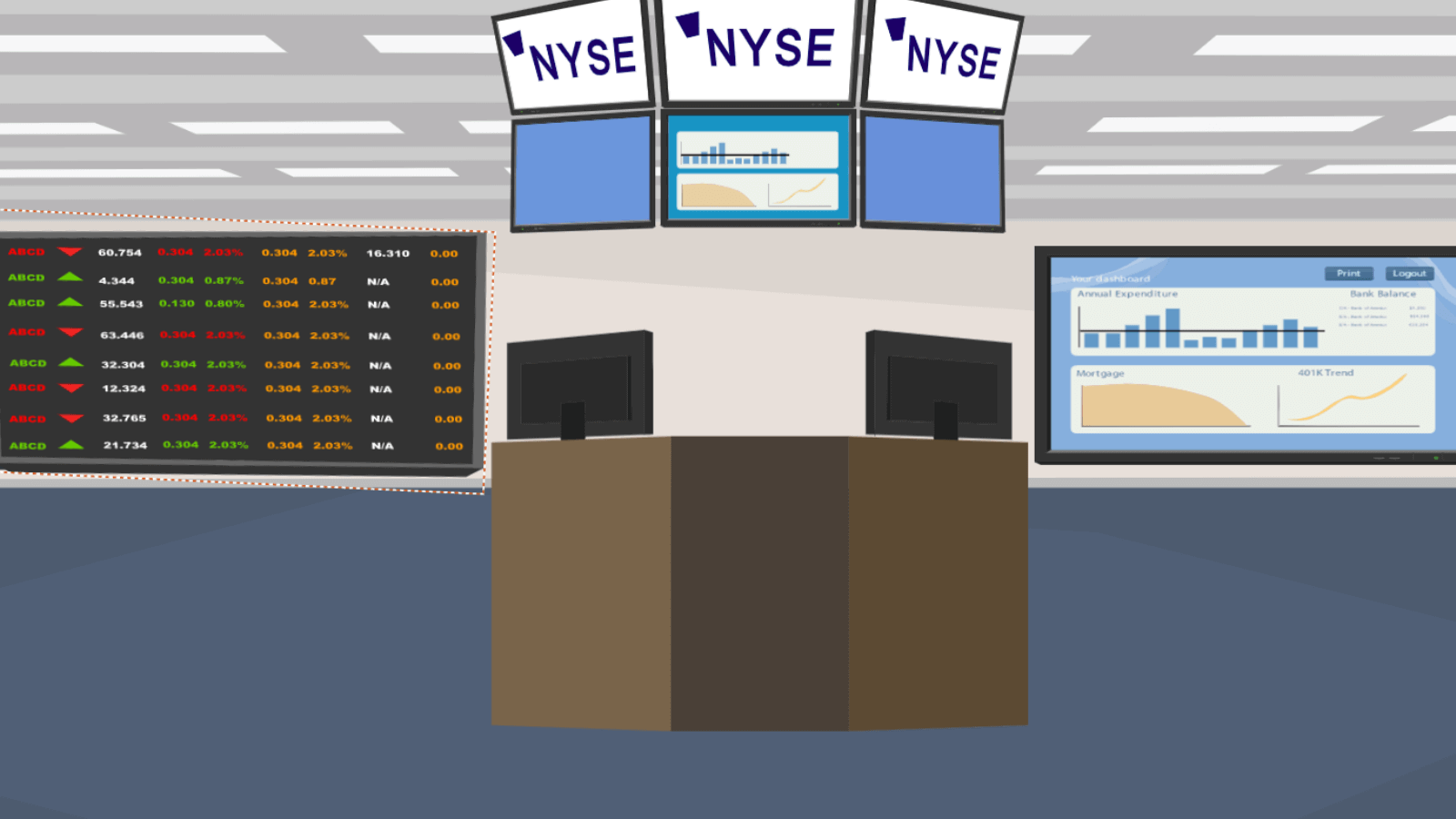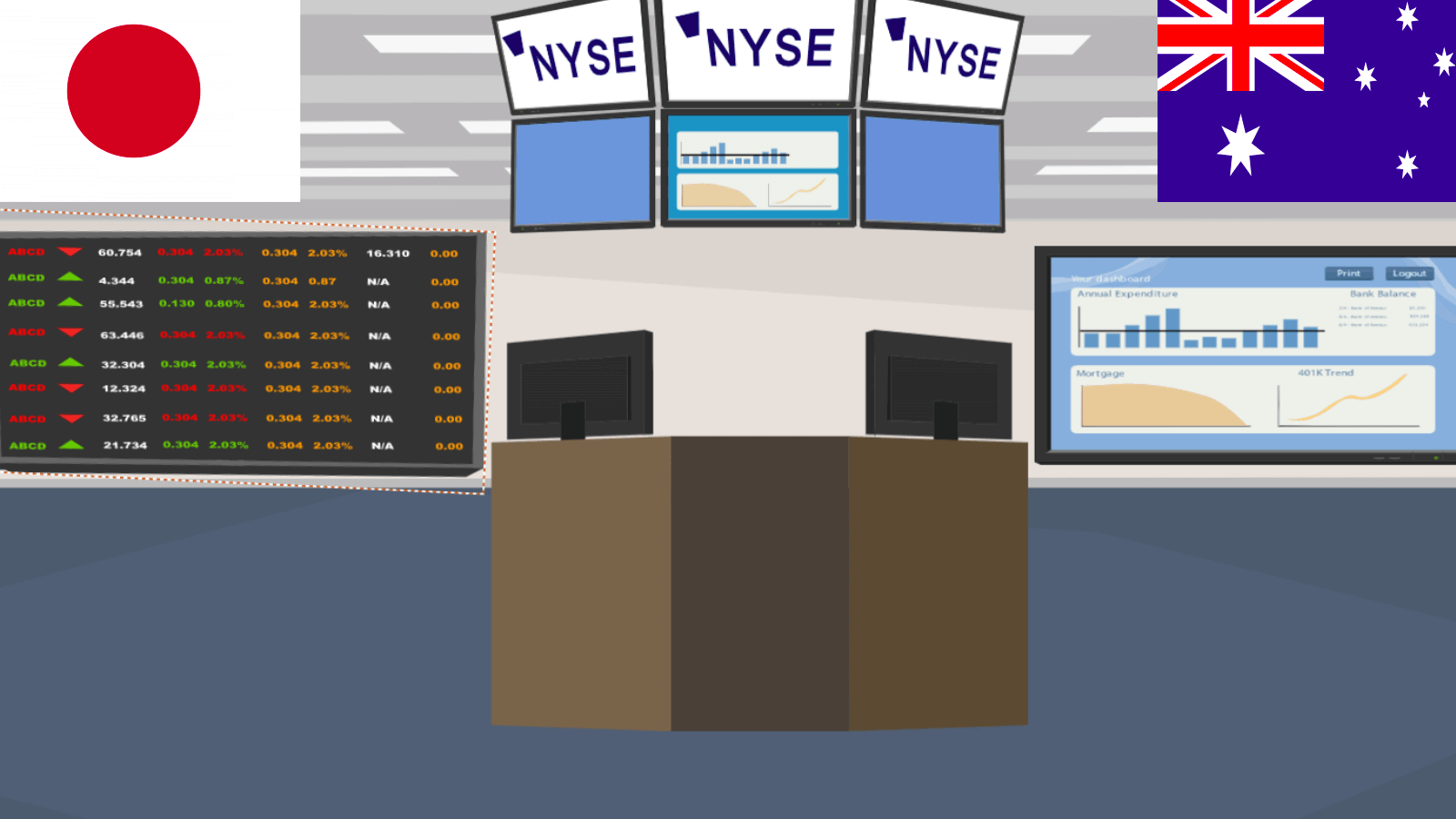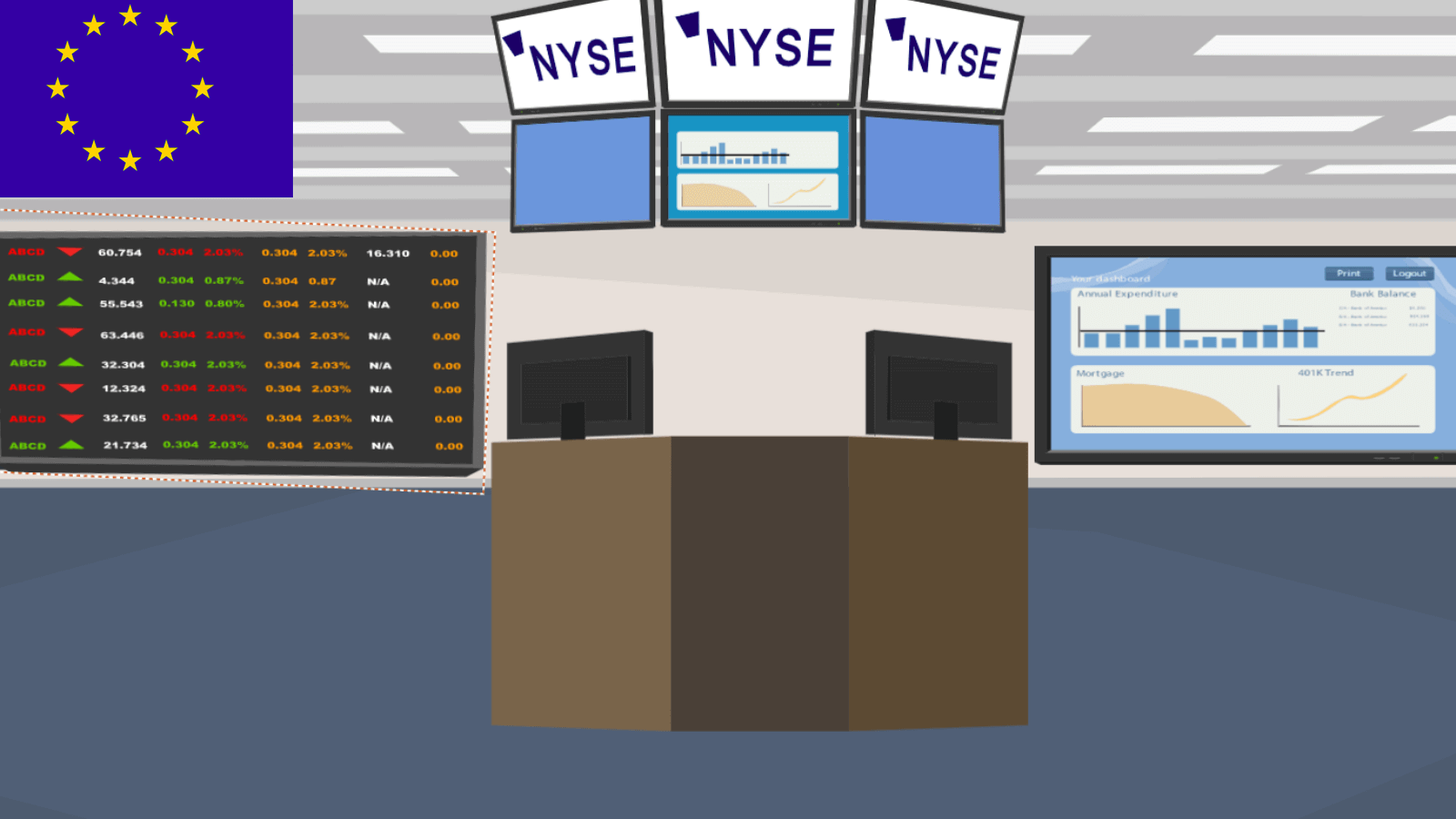Forex offers many trading advantages. One of its main benefits is that you can trade 24/5 (anytime 5 days a week). However, the trading day consists of several different sessions. For example, the European, Asian, and American sessions are also referred to as the London, Tokyo or Sydney, and New York sessions respectively. This is because there is no centralized place for exchanges in the Forex market. Different countries trade at different times.
For instance, at the end of the trading day in London, traders continue to trade in New York. And at the end of the trading day in New York – traders in Sydney are just starting to trade.
Different Trading Sessions have Unique Characteristics
Each of these trading sessions is conducted by an active economy at the moment. This means that each session has its unique characteristics. There is no “best” time to trade Forex.
When an individual country opens for business, its currency and the currency of its trading partners will more often have increased trading volume.
For example, during the Asian session, Japanese companies are open and engage in buying and selling currency to do business with companies from other countries. The trading volume of Japanese currency increases due to the exchange of domestic currencies of companies with which Japanese firms do business.
When business in Europe is open, the euro will be traded in large volumes because European institutions trade with companies from other countries. At night, when these institutions are closed, they cannot trade with non-European companies. This means that the trading activity of European currency decreases.
Therefore, whichever session opens, the countries trading at the moment compare the currency they are trading. And each session will differ in the activity of individual currency pairs, volatility, and market volume.
Forex Trading Sessions
In other words, there are no open sessions on weekends. Trading starts when the Sydney session opens at the beginning of the week. And it ends during the closing of the New York session at the end of the week. But your position in the world depends on what time and day it is at the moment.
If you trade while in Japan, the trading week will start in the morning on Monday. But if you are in the UK, the trading week starts on Sunday evening.
The table below shows the time of trading sessions worldwide in GMT. You can see that the trading day starts on the Asian session at 22:00 GMT and ends with the New York session at 22:00 GMT.
Trading sessions are shown in GMT time because it doesn’t change. This information can be used in any time zone. But first, it needs to be adjusted to your time zone. For example, if you are in Central Europe, GMT+1 is used for winter time. When it is summer time in this region, GMT+2 hours is used.
Characteristics of Each Trading
Session Asian Session

The Asian session starts at 22:00 GMT when Sydney opens. At this time, only Sydney is trading, so the trading volume is quite small. This means that the price change compared to other sessions will be minimal.
Tokyo opens at 00:00 GMT, so the trading volume increases at midnight. Japan and Australia rank behind the United States and Europe in terms of markets, so the price change here will be insignificant.
At this time, spreads on major pairs are often higher. However, liquidity is less than in the United States and European sessions.
During the Asian session, the Australian and New Zealand dollars, as well as the Japanese yen, will trade more. This is because these currencies are domestic for the markets that are open at the moment. At this time, the most traded pairs are: AUD/JPY, AUD/USD, AUD/NZD, NZD/JPY, USD/JPY, NZD/USD.
European Session

The London session opens at 08:00 GMT, at this time Tokyo remains to trade only one hour.
At this time, many traders participate in the market. Price maneuvers will be larger than in the Asian session because some day traders (or day traders) close positions in Asia, and other day traders open positions in Europe.
During the session in Europe, no pair will deviate from normal behavior. This means that any pair can be traded. Trading volume on these sessions is much higher, so spreads are usually lower.
During the London session, liquidity will also be higher than during any other session. This is because the London market accounts for 38 percent of total trading volume. For comparison, New York accounts for 17, and Japan – 16 percent. Trading during the open London session will be a great start as you will definitely trade in a market with high liquidity.
American Session

The New York session opens at 13:00 GMT, while the London session continues. With the simultaneous participation of traders in both sessions, volatility and volume often increase.
The London session closes at 17:00 GMT, and only the New York session remains active at this time. This lasts until the opening of the new Asian session.
At this time, only the New York session is open, but the trading volume is still higher than in the Asian session. However, it will gradually decrease due to the departure of European traders.
During the American session, there will be no specific pairs to trade.
Overlapping Sessions
In the above tables, the dark circles are times when trading sessions overlap. London and Tokyo are open simultaneously for one hour when the Asian session closes and the London session opens. New York and London are open at the same time for four hours from 13:00 to 17:00 GMT.
Overlapping sessions are important because more traders are trading at the same time and influence the market position. Liquidity increases, reducing the likelihood of slippage, increasing the chances of order fulfillment, and lowering spreads on pairs. This time is usually good for trading.
The table above shows the change in the EUR/USD price range per hour over all 24 hours of the day. The red line shows the average change and highlights daily lows and highs.
When the Asian and European sessions overlap, as well as the European and American sessions, you see that activity increases. During these periods, price maneuvers can be quite volatile and quickly fluctuate in both directions. This is more pronounced at the start of overlap periods, so you need to be more careful when making trades.
You also need to be more careful at the beginning of the trading week with the Asian session and at the end with the American session. This time is characterized by low market volume.
Caution at a Certain Time

In addition, there are national holidays when the position or market conditions of the Forex market change. British and American bank holidays are such holidays. Without the participation of these countries, liquidity and trading volumes in the market will be lower than usual.
Reports and news that influence the Forex market are released at a certain time of day. At this time, the influence is strong and causes a quick price maneuver in one direction and a quick return to the original cost. All this happens because the trading volume is low due to institutions and banks that close positions in the market. This is followed by rapid price fluctuations in both directions.
You can avoid volatility conditions, as the time of report publication is known well in advance.
